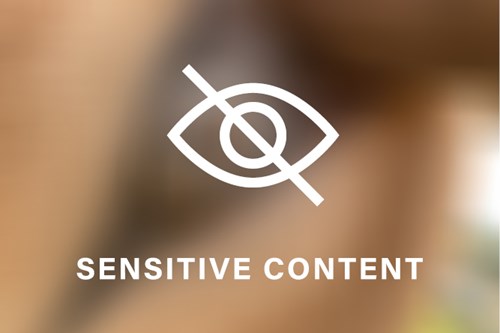
Rare species of bot sighted in UK horses.
10 August 2024
⚠️ Warning! Graphic Images & Content
G. haemorrhoidalis (the nose bot)
The bot fly (Gasterophilus spp.) is not a true parasite of horses, but nevertheless its life cycle is inextricably linked with that of our horse's. They are thought relatively harmless unlesss in very large numbers, and are rarely seen, save for some flecks of eggs laid on the coat or the occassional armadillo like pupae that makes its apperance in the dung from our common bot, (G. Intestinalis).
But this summer, conditions have been right for an altogether rarer species of this fly, G. haemorrhoidalis (the nose bot) to appear. You would certainly be forgiven for taking fright at the way its pupae show up, attached to the mucous membrane of the horse's rectum and protuding out through the anus of the horse as they grow and mature. Not what you expect to see around this delicate area!
 As its name suggests, this fly reproduces by laying black eggs on the hair around the horse’s nose and lips. Eggs of these larvae hatch and crawl into the mouth within a few days to burrow into the gums and beneath the tongue. These tiny motile larvae stay in the mouth for three – four weeks before emerging to make their way slowly down to the gastro intestinal tract to burrow into the gut wall and attach to the mucous membranes of the stomach or rectum. Here the larvae remain for around 10-12 months, feeding off the contents of the horse’s gut and maturing until spring or early summer when they detach from their surface to be passed out in the host faeces.
As its name suggests, this fly reproduces by laying black eggs on the hair around the horse’s nose and lips. Eggs of these larvae hatch and crawl into the mouth within a few days to burrow into the gums and beneath the tongue. These tiny motile larvae stay in the mouth for three – four weeks before emerging to make their way slowly down to the gastro intestinal tract to burrow into the gut wall and attach to the mucous membranes of the stomach or rectum. Here the larvae remain for around 10-12 months, feeding off the contents of the horse’s gut and maturing until spring or early summer when they detach from their surface to be passed out in the host faeces.
Treatment
For general management to prevent bots and appropriate treatment options during the phases of the bot lifecycle, use the link below.
Location
 All bot species are geographically more active in the South and Midlands areas of the UK with little activity being reported north of Yorkshire because of cooler weather. Having never come across this parasite in horses, several customers have reported sightings of nose bot pupae this year. Pictured are nose bot pupae from a two year old pony, from the New Forest. We've also received reports from two other adult horses on seperate yards in the South of England.
All bot species are geographically more active in the South and Midlands areas of the UK with little activity being reported north of Yorkshire because of cooler weather. Having never come across this parasite in horses, several customers have reported sightings of nose bot pupae this year. Pictured are nose bot pupae from a two year old pony, from the New Forest. We've also received reports from two other adult horses on seperate yards in the South of England.